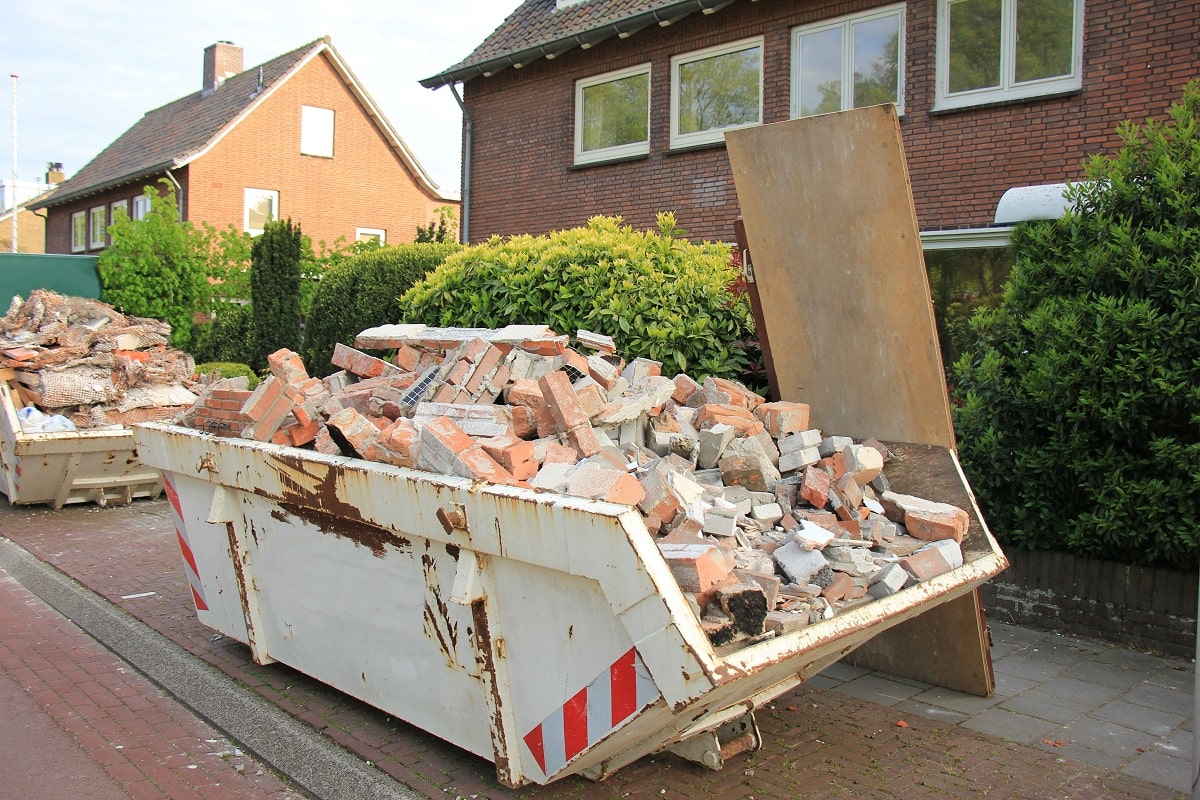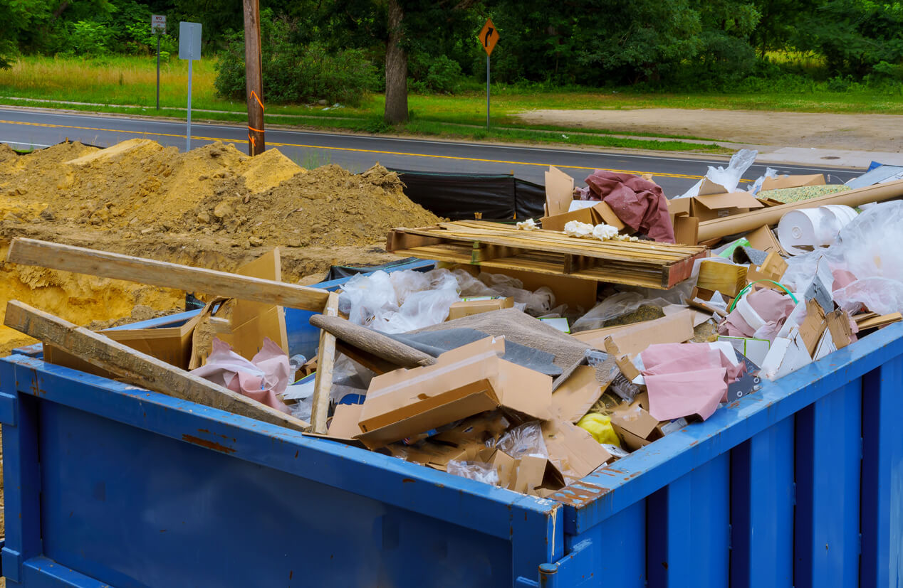On average, restoring a home produces significantly more garbage than building one from the ground up. This waste is disposed of in a landfill, harming the environment. It also impacts your budget because you have to spend for deconstruction first, then new supplies, and finally disposal of remaining construction materials. You may limit the waste generated by your home remodeling by keeping waste in consideration from the beginning and following some easy rules.
It All Starts With The Layout
Waste is frequently accepted as an unavoidable part of the construction process, with little meaningful effort made to decrease it. By bringing up the issue with your architect, designer, or builder early on, they will be able to make design changes that will save waste later on. Often, designers & architects do not realize that their decisions contribute to waste – or at least do not consider it.
I asked one designer what he felt happened to the waste produced during my study on decreasing building waste. “I guess it vanishes into pixie dust!” he said, a glint in his eyes as he laughed. Designing with material proportions in mind is a simple early decision which drastically lowers waste. You’ll end up with the tiny little strip cut out of a whole sheet if your ceiling height isn’t the same as the plasterboard sheet. Not fitting the ceiling height with bricks is much more wasteful.
When I questioned why they don’t design zero-waste homes more commonly, architects answered it’s because their clients don’t ask for them. Make it a part of your brief, & ask the designer how they can conserve money by making optimal use of the materials.
Get Your Builder Engaged As Soon As Possible

If you hire an architect to help you with your remodeling, you may expect limited collaboration between the architect and the builder. Any mistakes or faults are usually discovered after construction had begun, necessitating costly and time-consuming rework.
Instead, request that your architect & builder work on waste management strategy. In Australia & the United States, such us integrated approaches have shown to be successful.
This means that clients, engineers, and builders are working together rather than competing. It’s critical to involve all party early in the project and encourage cooperation for such agreements to operate. Architects, quantity surveyors, and builders might collaborate at the briefing stage to determine a waste minimization target.
Don’t Reverse Your Choice Under Any Circumstances
Late design changes are one of the leading causes of waste on construction sites. Client-driven design alterations have been noted across the literature as having far-reaching waste effects.
The majority of these occur as a result of property owners changing their minds after anything has been constructed. Due to design modifications, reworking any element of a building can account for up to 50% of cost overrun, and also causing delays & generating waste.
Working with your architect & construction team early on, as mentioned in the first phases, allows you to ensure that you’re dedicated to your original idea. Taking shortcuts at the planning stage could end up costing you a lot much in the long run.
Not Demolition, But Deconstruction
Request that your builder disassemble the structure rather than demolish it. Deconstruction is the process of dismantling a structure and recovering elements for recycling or reuse. This makes it possible to sort items on the spot.
Materials that have been salvaged can be resold to the public or used in renovations. It significantly lowers tip rates, which are often higher for mixed waste (typical of demolition) and lower for separated waste. Of course, this take more time & costs more money. As a result, you must weigh the expense of deconstruction against savings.
Denmark, which recycles 86 percent of its construction waste, had made selective demolition & sorting of construction trash mandatory for all govt buildings. In Australia, your state environment department is an excellent place to start because they may have guidelines on what is involved.
Select Materials With Care
High-quality materials last longer and require less care in the long run. Choosing manufacturers who utilize the least amount of packing minimizes waste as well. It’s also possible to repurpose components from your renovation. Finally, employing recycled-content products is a terrific alternative that helps our recycling industry.

